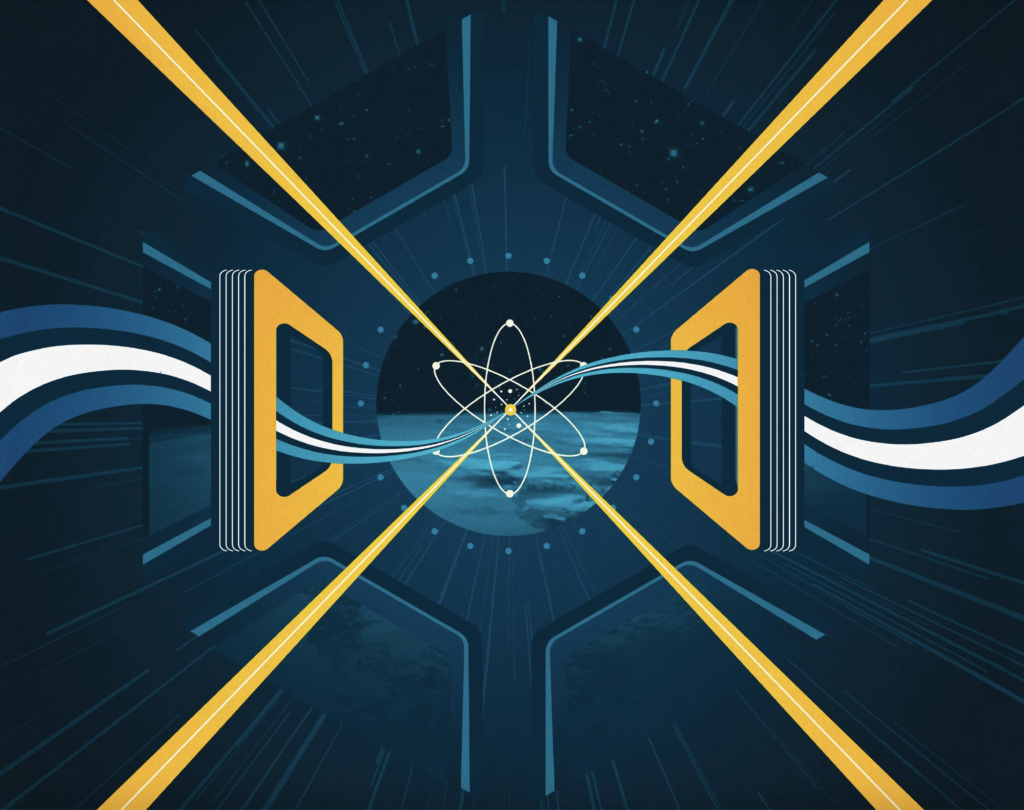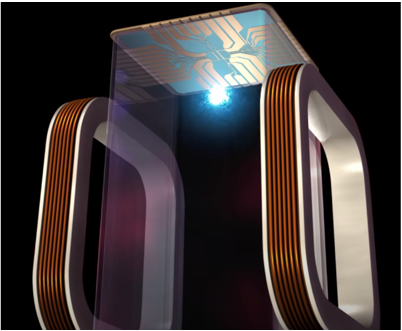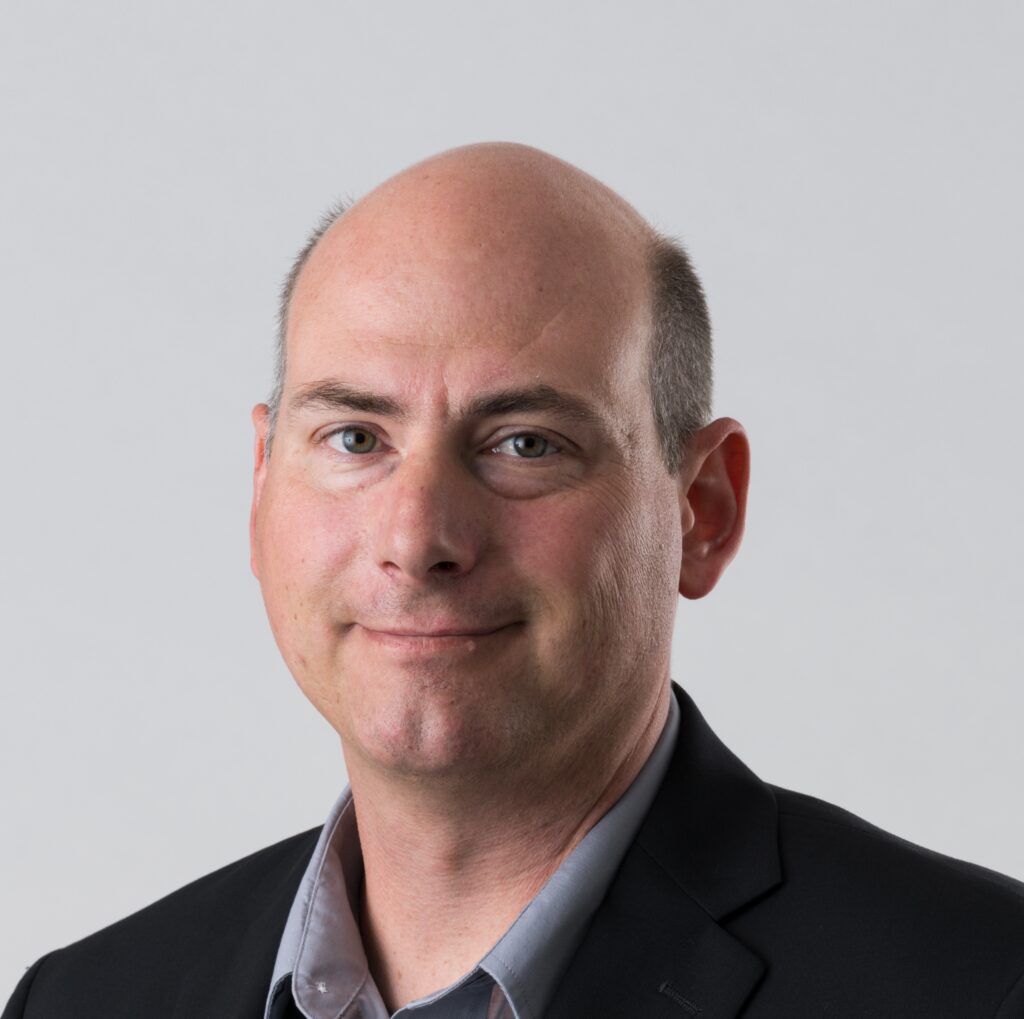

NASA’s Cold Atom Lab (CAL) launched to the International Space Station (ISS) in May 2018,
and has been operating since that time as the world’s first and only multi-user facility for the study of ultra-cold quantum gases in space. The unique microgravity environment of the ISS is utilized with CAL by a national group of principal investigators to achieve sub-nanokelvin temperature gases, to study and utilize their quantum properties in an environment free from the perturbing force of gravity, and to observe and interact with these gases in the essentially limitless freefall of Earth’s orbit. In addition to the toolbox of capabilities originally built into CAL, an upgrade in 2020 enabled the study of atom interferometry in orbit, and a 2021 upgrade and repair facilitated investigations of the interactions between mixtures of 87Rb, 39K, and 41K and a demonstration of dual-species (87Rb – 41K or 87Rb – 39K) atom interferometry. This talk will review the up-to-date quantum gas research explored with CAL and the technical accomplishments to operate, maintain, and upgrade CAL during its tenure in the microgravity environment of the ISS. The research of CAL has broad applications in fundamental physics and precision sensing to open the door for future quantum-enabled mission opportunities.

This research was carried out at the Jet Propulsion Laboratory, California Institute of Technology, under a contract with the National Aeronautics and Space Administration.

2019 Tech Highlights Report
Requesters: Micaela Velasco, Elina Solis
Photographer: R. Lannom
Date: 13-MAY-2019
Photolab order: 070915/171297
Dr. Jason Williams specializes in developing light pulse atom interferometers and optical atomic clocks, and their applications to both fundamental and applied physics in space. He currently serves as Project Scientist and a Principal Investigator for NASA’s Cold Atom Lab, a multi-user facility operating on the ISS dedicated to the study of quantum gases in space. Dr. Williams received his Ph.D. from the Pennsylvania State University, studying ultracold Fermi gases, and held a NIST NRC Postdoctoral RA in Professor Jun Ye’s lab at JILA and the University of Colorado developing high-precision optical lattice clocks.
Notifications